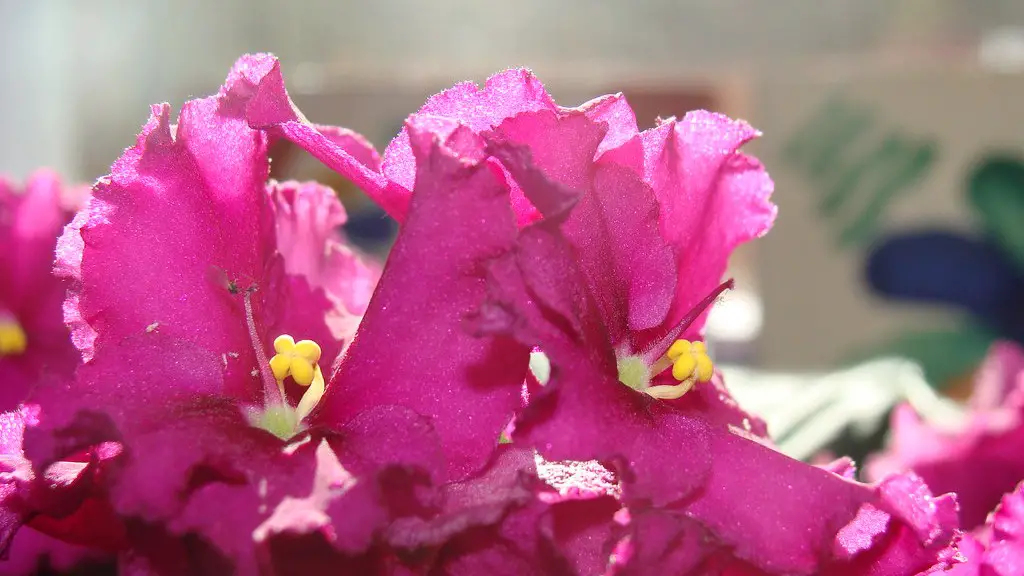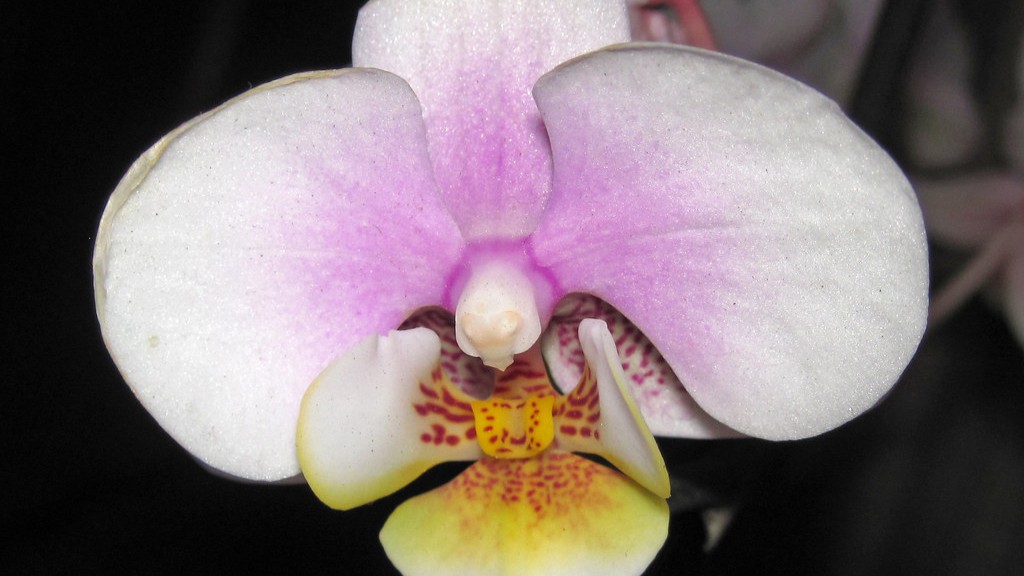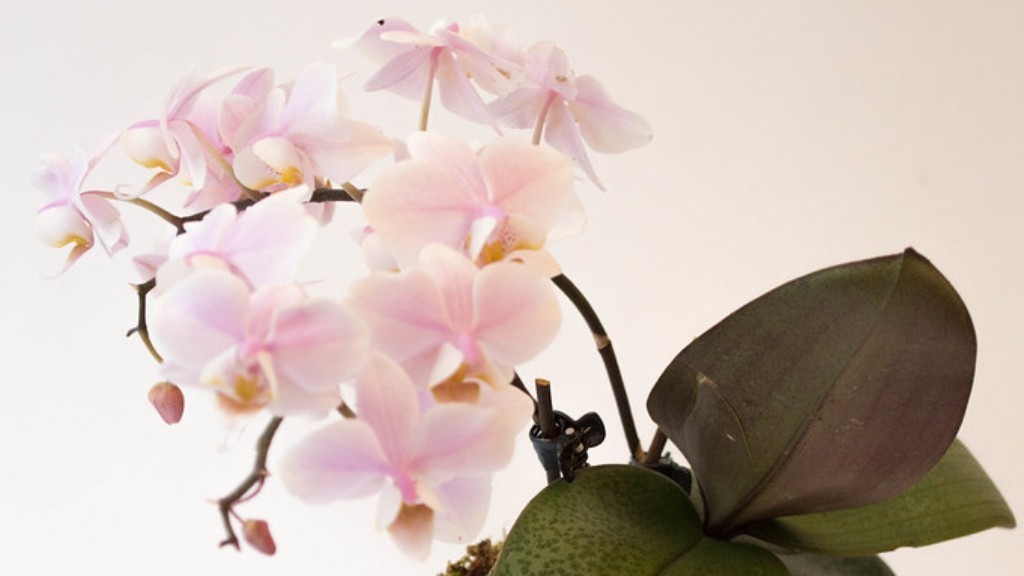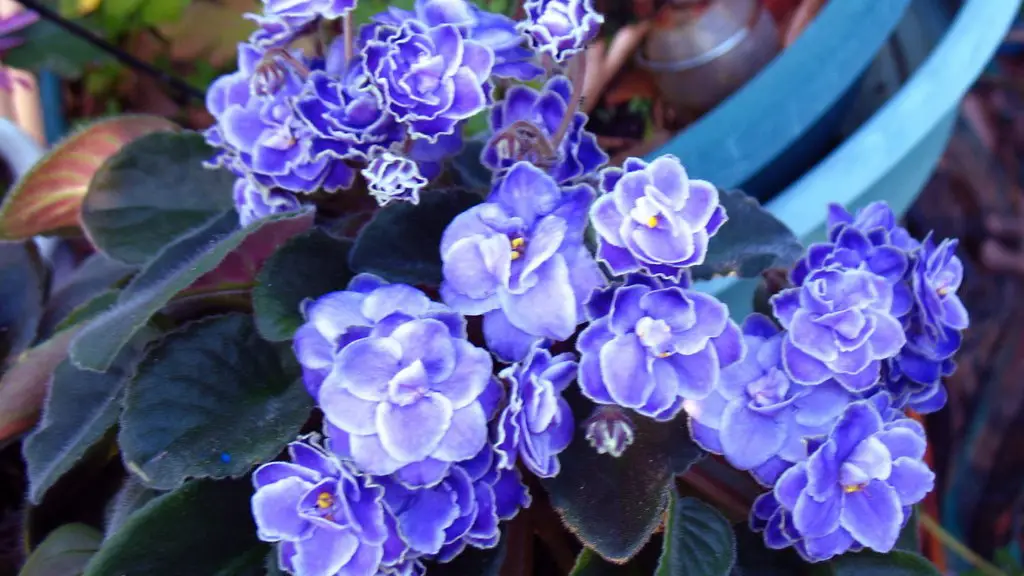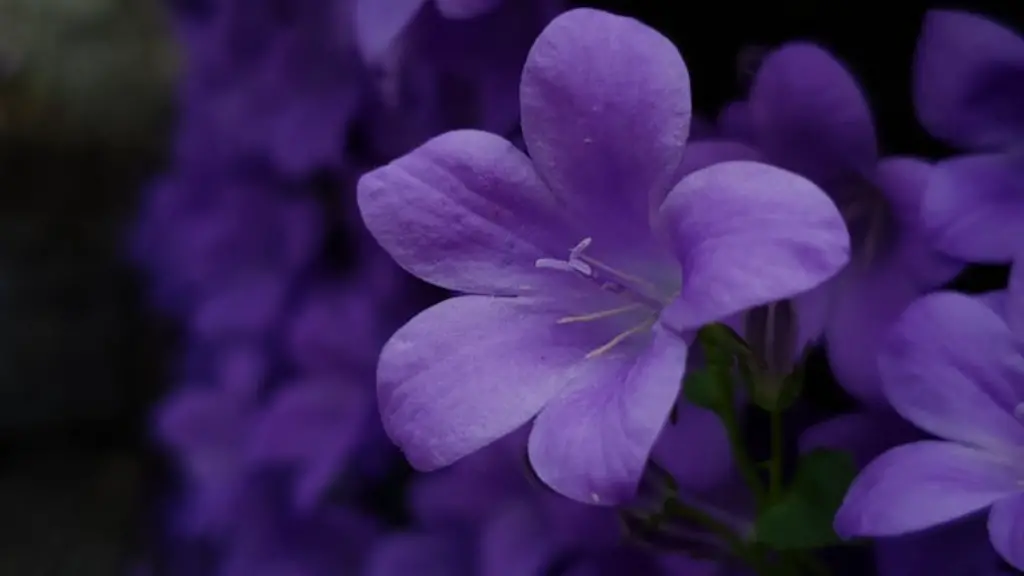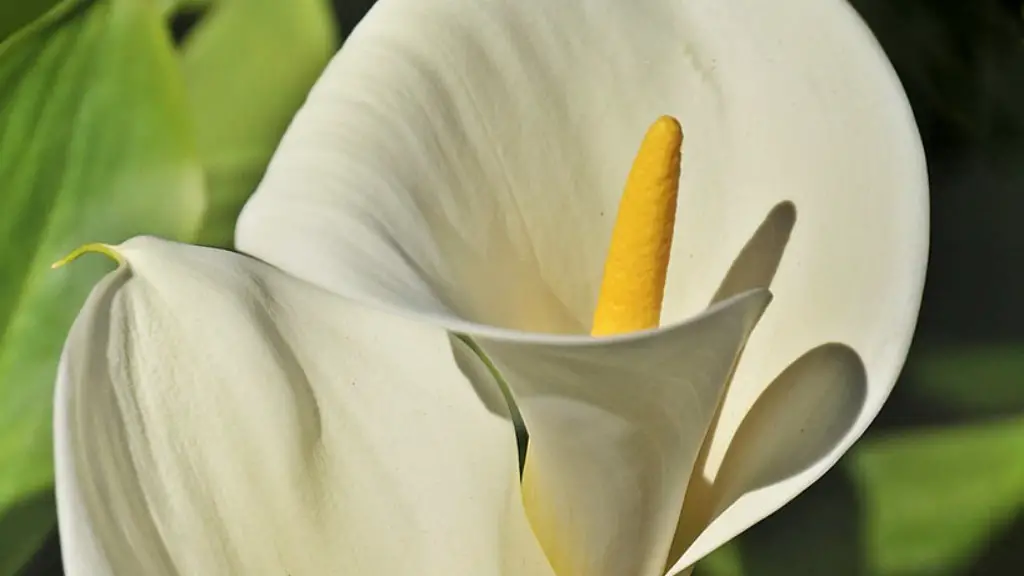African violets are one of the most popular houseplants. They are also one of the easiest houseplants to propagate. One way to propagate African violets is by rooting the leaves in water. Rooting African violet leaves in water is a simple process that just about anyone can do.
Yes, you can propagate African violets in water.
What is the best way to propagate African violets?
African violets can be easily propagated by leaf cuttings. Select a firm, healthy leaf and cut it off with a sharp knife, leaving 1 to 1½ inches of the leaf stem (petiole) attached to the leaf blade. Fill a pot with a moistened 50:50 mix of vermiculite and coarse sand. Insert the leaf cutting into the potting mix, making sure that the leaf is buried up to the petiole. Water the potting mix lightly and place the pot in a warm, bright location. Keep the potting mix moist, but not soggy, and in a few weeks, you should see new growth.
African violet leaf cuttings can successfully produce roots in water or soil. This is a great plant to propagate because it is easy to do and doesn’t require any special equipment. All you need is a sharp knife and a pot of either water or soil. I have had the best success with rooting in water.
How long does it take an African violet leaf to root
It is important to note that it takes 3-4 weeks for roots to form on the petiole. In another 3-4 weeks, your new leaves will start to sprout. When the sprouts get 2-3 leaves on them, which is around the 2-6 month mark, you will need to repot.
If you want to water your African violet and ensure that it will be happy with the temperature of the water, make sure to let the water sit for a bit so that it can reach room temperature or be tepid. It’s best to wait 24-48 hours, but if you can’t, then an hour should be sufficient.
Is it better to root African violets in water or soil?
It’s easy to root African violets in water using a leaf. You can take the leaf from your existing African violets, or even from a friend’s plant. The quickest and easiest way I’ve found to root African violets is in water using a leaf.
African violet leaf propagation in water is a great way to get a head start on your plants. The leaves will take longer to start roots, but if you compare a 6-month old baby started in water to a 6-month old baby started in soil, you will see that the one started in water is a larger, healthier plant.
Can you water African violets with coffee?
Coffee is a great way to water plants that prefer more acidic soil. African violets, impatiens, Norfolk Island pines, Phalaenopsis orchids, and Dieffenbachia all seem to respond well to a weekly watering with coffee.
Mist the foliage of your African violet sparingly and make sure not to oversaturate the crown of the plant to avoid crown rot. Use room temperature water so as not to shock the plant.
Can you use regular Miracle Grow on African violets
This is a great product to use on all varieties of African violets and blooming houseplants. It really makes them bloom more and look healthier. I highly recommend it!
When it comes to keeping your African violets healthy, it’s best to resist the urge to Brush their leaves. While it may seem like a harmless way to dust them off, repeated brushing can actually decrease the plant’s quality and size over time. So, the next time you’re tempted to give your violet a little TLC, just give them a gentle pat instead.
How often should a African violet be watered?
Once a week, water your African violets with only water and allow the plant to completely dry between waterings. Setting up a wicking system is a great way to make sure your plants are never over watered.
Pruning African violet leaves is important to keeping your plant healthy. Remove three or more bottom leaves every month to make room for new growth and to give the remaining foliage space to stretch out. To free up even more energy, remove any dead or dying flowers during leaf pruning.
What do African violets symbolize
African violets are often given as gifts to loved ones to show how much they mean to the giver. The flowers are also symbols of faithfulness and devotion, making them popular gifts for weddings and anniversaries. Whether given as a gift or displayed in your home, African violets are sure to bring a touch of beauty and meaning to your life.
This can clog up the pores of the leaves and prevent the plant from getting the water and nutrients it needs.
Why do African violets get leggy?
Most African violets will lose their bottom leaves as they age. This is a natural part of the plant’s life cycle, and eventually all of the leaves will fall off, leaving the stems bare. This can also give the plant a leggy look.
If you’re looking to propagate your African violet, you’ll be happy to know that it doesn’t take long for a cutting to form new roots. In just about 3 to 4 weeks, you’ll see your cutting start to grow roots of its own. Keep an eye on your plant during this time and make sure to give it plenty of water and indirect light. With a little patience, you’ll soon have a new African violet plant to enjoy.
Warp Up
Yes, African violets can be propagated in water. To do this, you will need to take a cutting from the mother plant that is about 3-4 inches long. Remove the bottom leaves of the cutting, and then dip the end of the cutting into rooting hormone. Next, place the cutting into a container of water and wait for roots to form. Once the roots have formed, you can then transplant the cutting into a pot of soil.
Yes, you canpropagate African violets in water. However, it is important to use clean water and change it regularly. Also, make sure the leaves are not allowed to sit in water, as this can cause them to rot.
